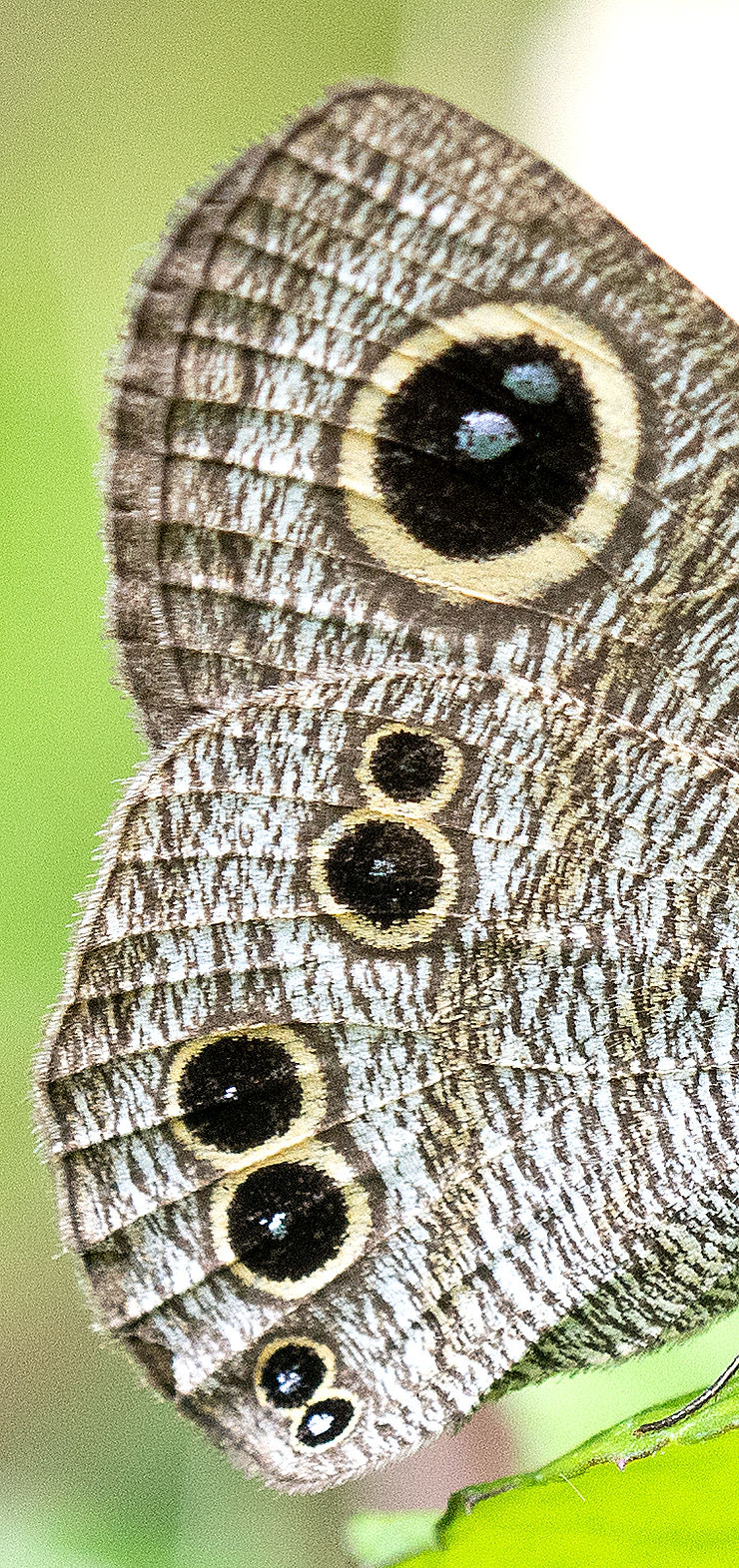By: Emma Ke
The Rhopalocera, also known as the butterfly, has “evolved” once more. This is not unusual, because butterflies actually “evolve” fairly often. Even their metamorphosis from a caterpillar to a butterfly can be considered evolution.
But recently, scientists have begun to think that the butterflies have evolved once more. They believe that the butterfly’s tail has developed a defensive tactic. It works like a lizard’s tail, a decoy to distract predators while the animal gets away.
Scientists believe that this evolution was caused because many predators like birds like to aim for the tail or other spots on the butterfly’s body that make it unable to fly. This theory was proven correct when researchers released birds onto fake “dummy” butterflies. Out of 59 strikes that were landed on the dummy, 43 (73 percent of the blows) were to the backing wings or the tail.
“A lot of these butterflies display tails,” says Ariane Chotard, an evolutional biologist. Her interest in butterfly tails led to a different study with more birds; this time, researchers collected real butterflies. Chotard’s words were proven true when 65 of the 138 butterflies ended up with a damaged tail. This research helped establish that birds, and possibly other predators, pay special attention to the butterfly’s tail.
This data shows a clear sign of evolution and a previously undiscovered butterfly self-defense mechanism that works like a lizard tail by “distracting” predators. “Now we have evidence that butterfly tails provide a similar benefit against visual predators,” claims Juliette Rubin, an evolutionary biologist.











